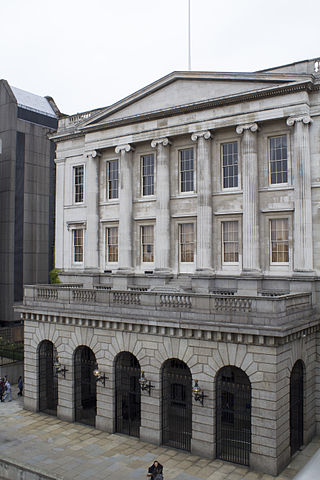
A livery company is a type of guild or professional association that originated in medieval times in London, England. Livery companies comprise London's ancient and modern trade associations and guilds, almost all of which are styled the "Worshipful Company of" their respective craft, trade or profession. There are 111 livery companies in total. They play a significant part in the life of the City, not least by providing charitable-giving and networking opportunities. Liverymen retain voting rights for the senior civic offices, such as the Lord Mayor, Sheriffs and Common Council of the City Corporation, London's ancient municipal authority with extensive local government powers.
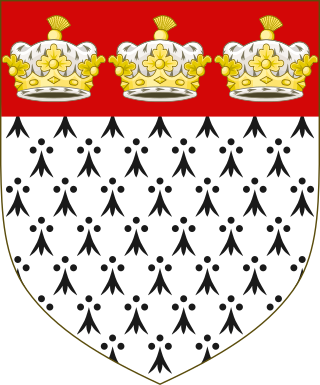
The Worshipful Company of Skinners is one of the Livery Companies of the City of London. It was originally an association of those engaged in the trade of skins and furs. It was granted Royal Charter in 1327.

The Worshipful Company of Pewterers is one of the 111 Livery Companies of the City of London. It ranks 16th in the order of precedence of City Livery Companies and has existed since at least 1348. Like all the other City Livery Companies, the Worshipful Company of Pewterers has four main pillars of activity: Charitable endeavour, assistance to education, support for its trade and profession, and being a convivial and caring social community.

The Worshipful Company of Leathersellers is one of the livery companies of the City of London. The organisation originates from the latter part of the fourteenth century and received its Royal Charter in 1444, and is therefore the senior leather industry-related City Livery Company.
The Worshipful Company of Joiners and Ceilers is one of the livery companies in the City of London. The Guild of St James Garlickhythe, the company's predecessor, named after the church where it was founded, was formed in 1375. The organisation of wood craftsmen, who were known at various times as fusters, carvers, and joiners, received a Royal Charter of incorporation in 1571. The craft of 'ceiling' refers to the application and installation of both wall and ceiling wood panelling.

The Worshipful Company of Saddlers is one of the Livery Companies of the City of London. A Guild of Saddlers, the Company's predecessor, is thought to have been an Anglo-Saxon Craft Guild – it certainly existed at some point in the eleventh century. The Guild became a Company when a Royal Charter of Incorporation was granted by King Edward III in 1363. The City granted the Company the right to regulate the trade of saddle-making; all saddlers in and within two miles of the City were subject to the Company's regulations. However, the powers of the Company, which has existed on the same site at Cheapside since 1160, were eroded over time.

The Worshipful Company of Cordwainers is one of the Livery Companies of the City of London. Cordwainers were workers in fine leather; the Company gets its name from "cordwain" (cordovan), the white leather produced from goatskin in Cordova, Spain. All fine leather makers, including Girdlers and Glovers, were originally classified as cordwainers; however, the term eventually came to refer only to fine leather footwear, including boots.
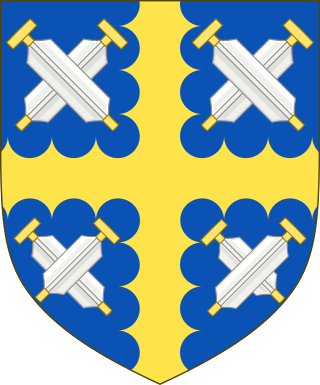
The Worshipful Company of Curriers is one of the ancient livery companies of London, associated with the leather trade.

The Worshipful Company of Masons is one of the ancient Livery Companies of the City of London, number 30 in the order of precedence of the 110 companies. It was granted Arms in 1472, during the reign of King Edward IV; its motto is “God Is Our Guide”.
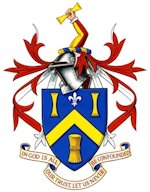
The Worshipful Company of Tylers and Bricklayers is one of the livery companies of the City of London. The organisation of Tylers and Bricklayers existed in 1416; it was incorporated by a royal charter in 1568. Originally, the company possessed a monopoly over bricklaying within the City of London. However, after the Great Fire of London, the king decreed that brick or stone, instead of timber, should be used in the building of homes. There was too much rebuilding to be done by only the Tylers' and Bricklayers' Company; craftsmen from across England were summoned, and the monopoly was terminated. The company now exists, along with most livery companies, primarily as a charitable body. The company also supports various building schools.
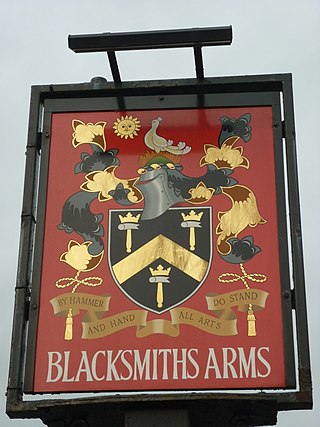
The Worshipful Company of Blacksmiths is one of the livery companies of the City of London. The organisation was first mentioned in a court record in 1299. A Royal Charter officially granting it the status of Company was granted in 1571. The Company originally had the right to set regulations and standards for blacksmiths in the City of London. However, the right eroded over time. By the end of the eighteenth century, little remained of the company's former powers and so the Company did not the renew the lease on its hall at expiration in 1785.
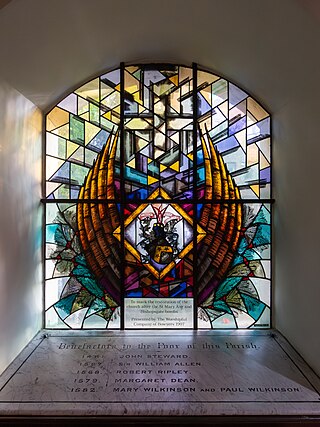
The Worshipful Company of Bowyers is one of the livery companies of the City of London.

The Worshipful Company of Upholders is one of the Livery Companies of the City of London. "Upholder" is an archaic word for "upholsterer". In past times upholders carried out not just the manufacture and sale of upholstered goods but were cabinet makers, undertakers, soft furnishers, auctioneers and valuers. The organisation was formed on 1 March 1360 and officially incorporated by a Royal Charter granted by Charles I in 1626. The Company originally had the right to set standards for upholstery within London, and to search, seize and destroy defective upholstery. However, over the years, the Company's power has eroded, as has the profession of upholsterers, because of the advancement of technology.
The Worshipful Company of Turners is one of the Livery Companies of the City of London.
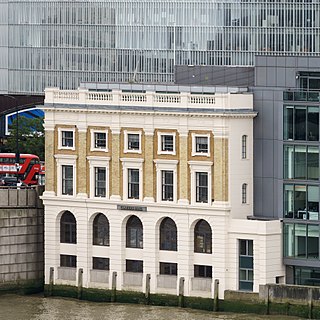
The Worshipful Company of Glaziers and Painters of Glass is one of the livery companies of the City of London. The Guild of Glaziers, or makers of Glass, the company's forerunner, existed as early as the fourteenth century. It received a royal charter of incorporation in 1638. It is no longer a trade association of glass craftsmen, instead existing, along with a majority of livery companies, as a charitable body.
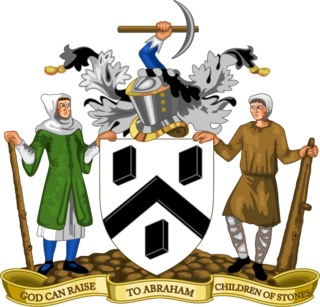
The Worshipful Company of Paviors is one of the livery companies of the City of London. The Paviors can trace their history back to medieval times; they were responsible for the paving and maintenance of London's streets. It received a Royal Charter from Queen Elizabeth II in 2004. The company is no longer a trade association for or a regulator of London's road constructors. Today, it focuses on the promotion of excellence in all areas of construction.

The Worshipful Company of Clockmakers was established under a Royal Charter granted by King Charles I in 1631. It ranks sixty-first among the livery companies of the City of London, and comes under the jurisdiction of the Privy Council. The company established a library and its museum in 1813, which is the oldest specific collection of clocks and watches worldwide. This is administered by the company's affiliated charity, the Clockmakers' Charity, and is presently housed on the second floor of London's Science Museum. The modern aims of the company and its museum are charitable and educational, in particular to promote and preserve clockmaking and watchmaking, which as of 2019 were added to the HCA Red List of Endangered Crafts.
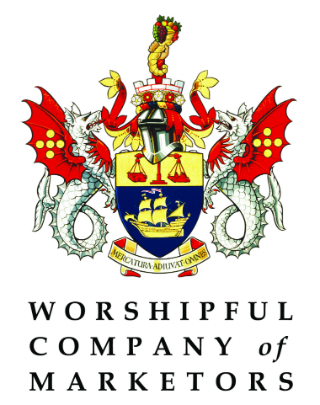
The Worshipful Company of Marketors is one of the 111 livery companies of the City of London. The company was founded in 1975.
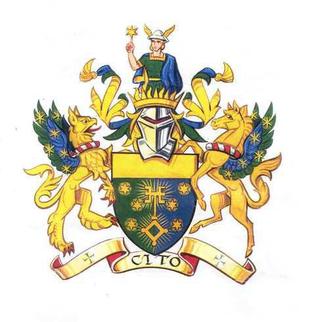
The Worshipful Company of Information Technologists, also known as the Information Technologists' Company, is one of the livery companies of the City of London. The company was granted livery status by the Court of Aldermen on 7 January 1992, becoming the 100th livery company. It received its Royal Charter on 17 June 2010 from Prince Edward.
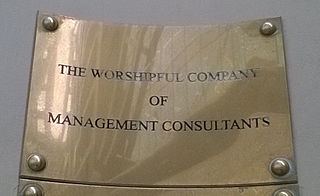
The Worshipful Company of Management Consultants is one of the Livery Companies of the City of London. It draws its memberships from practising management consultants and has close links to the Management Consultancies Association and the Institute of Management Consultancy. The Company's motto is 'Change through Wisdom'.



















